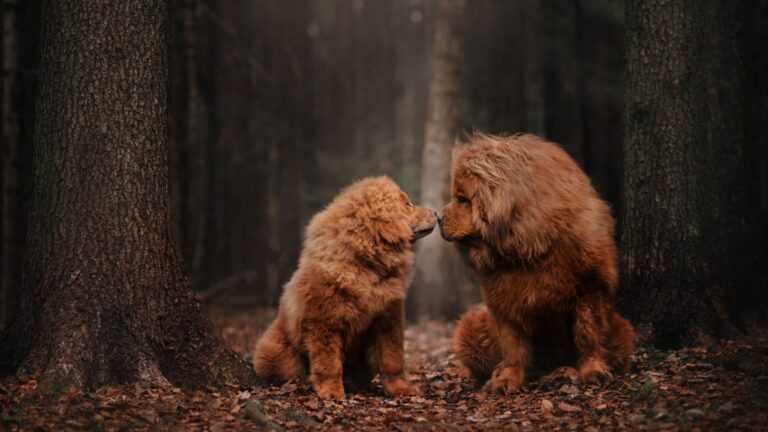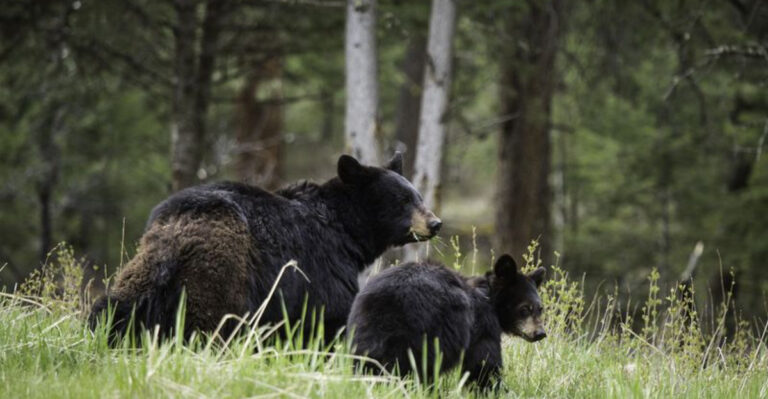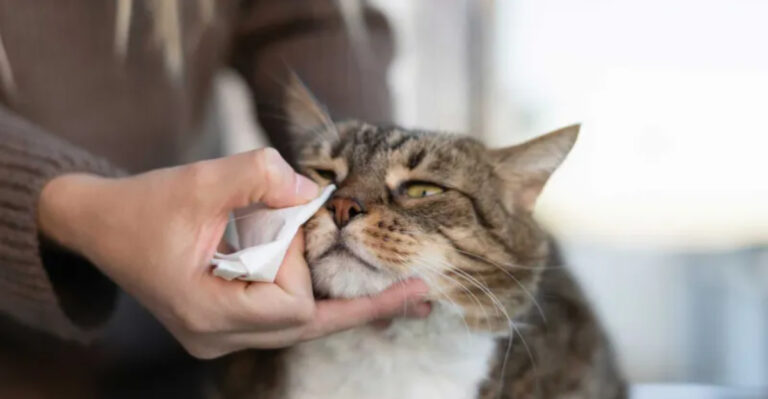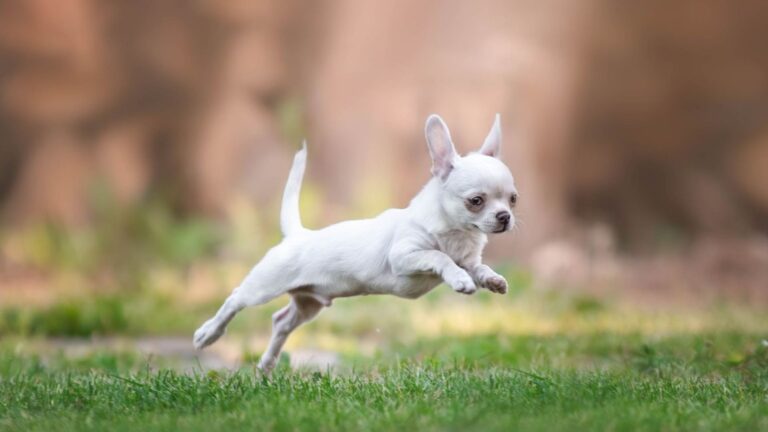15 Gentle Methods To Help Your Rescue Dog Heal After Trauma
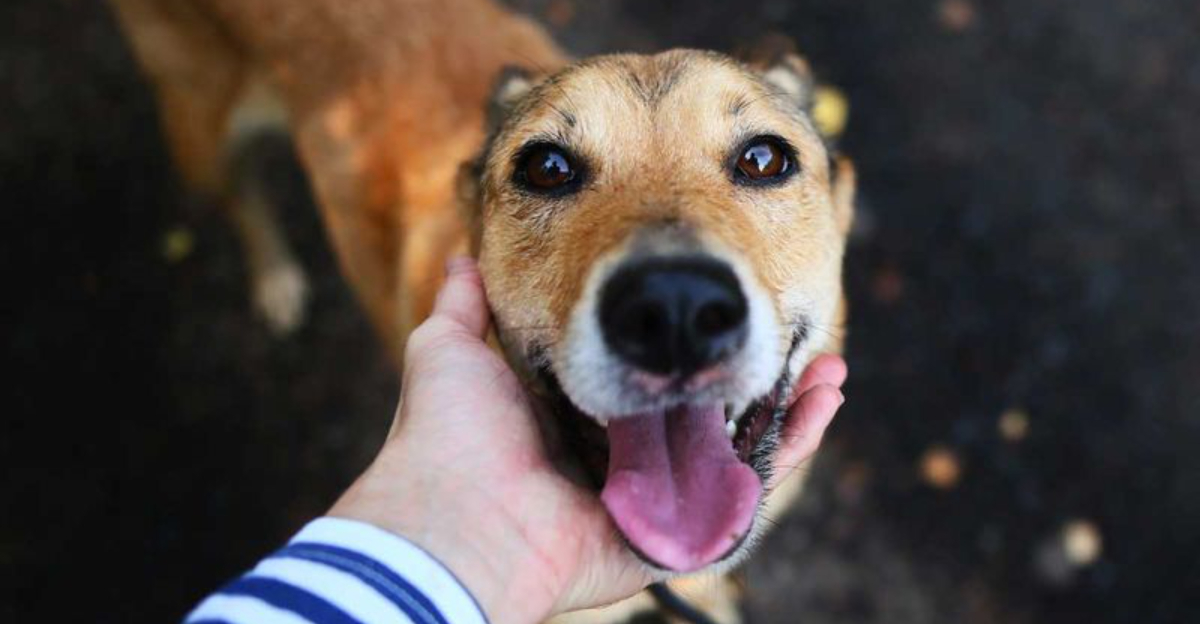
Bringing a rescue dog into your home opens a new chapter for both of you. Many rescue pups carry invisible scars from past experiences that affect how they see the world.
With patience and understanding, you can help your new friend feel safe again and build trust. These gentle approaches can make all the difference in your rescue dog’s healing journey.
1. Create A Peaceful Safe Haven
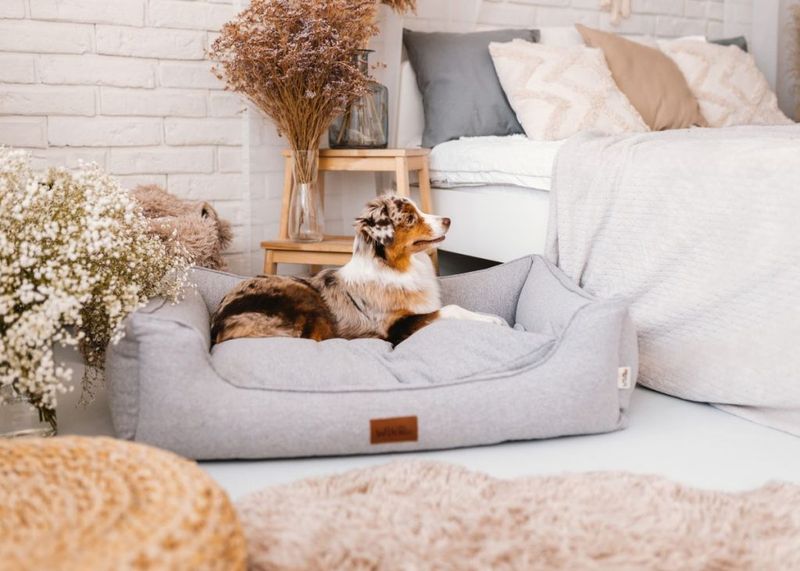
Every traumatized pup needs their own quiet corner where stress can’t reach them. Set up a cozy bed in a low-traffic area with their favorite blanket and toys.
This personal retreat gives them control over when to socialize and when to reset. Remember to respect this space – never force your dog to leave their safe zone when they’re feeling overwhelmed.
2. Establish Predictable Routines
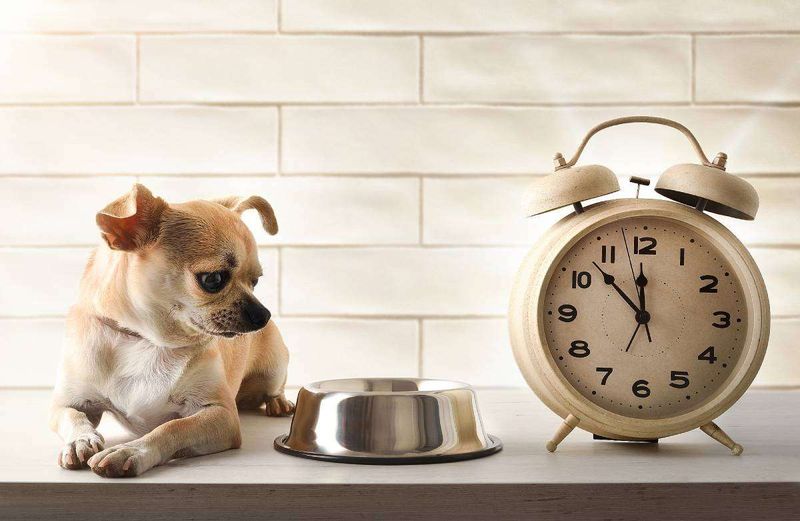
Surprises might be fun for us, but they spell anxiety for traumatized dogs. Consistency in mealtimes, walks, and bedtime rituals helps your furry friend feel secure in their new world.
When dogs know what’s coming next, their stress levels naturally decrease. Write down your daily schedule and stick to it – your pup will thank you with growing confidence.
3. Use Positive Reinforcement Only
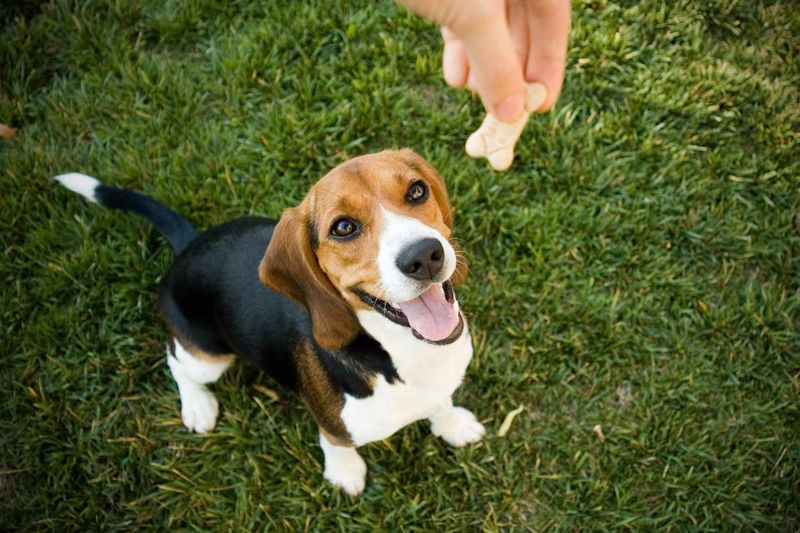
Toss those old-school punishment methods out the window! Frightened dogs blossom with gentle praise and tasty rewards for good behavior.
Keep training sessions short and upbeat. When your pup follows a command or shows brave behavior, celebrate with their favorite treat and cheerful words. This positive approach builds trust rather than fear.
4. Practice Patience During Touch Sensitivity
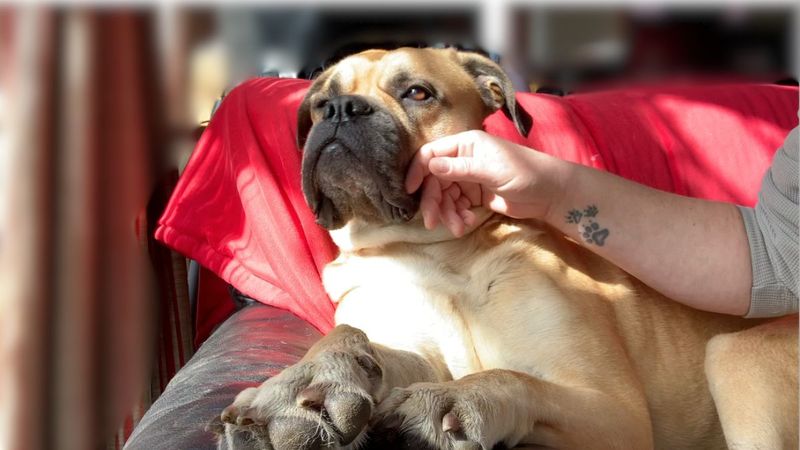
Many rescue dogs flinch when hands move toward them. Start by sitting quietly nearby without demanding attention. Let curiosity bring them to you.
When they approach, offer gentle scratches in spots they enjoy – usually chin or chest rather than head. Watch their body language closely and stop immediately if they seem uncomfortable. Trust grows one gentle touch at a time.
5. Master the Art of Calming Signals
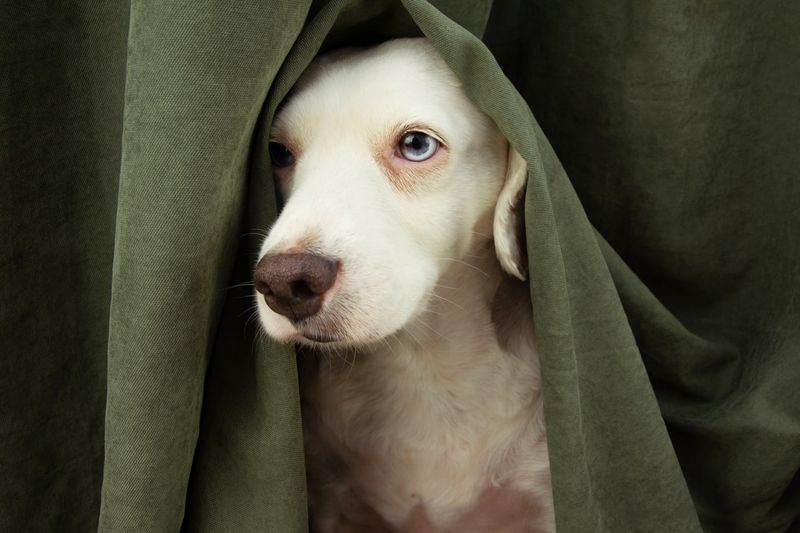
Dogs speak volumes through body language! Learning to communicate in their language creates instant connection. Try soft eye blinks, turning your head away, or yawning when your dog seems nervous.
These signals tell your pup “everything’s cool” in dog-speak. Watch how their tension melts when you respond to their stress with these calming gestures instead of human reassurance that might accidentally reward anxious behavior.
6. Introduce Enrichment Activities
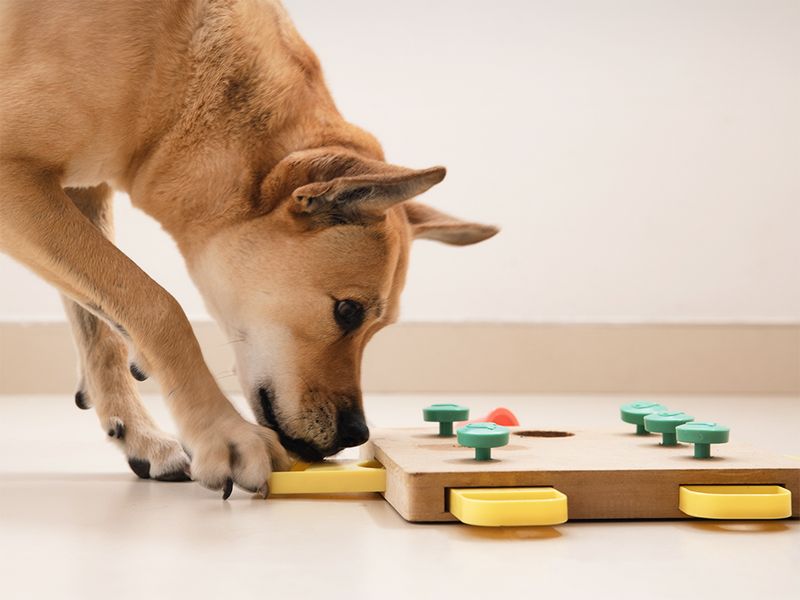
Boredom can worsen anxiety, while mental challenges build confidence! Puzzle toys filled with treats engage your dog’s problem-solving skills and provide rewarding distractions.
Snuffle mats that hide kibble encourage natural foraging behaviors. These activities redirect nervous energy into positive focus. Start with easy wins, then gradually increase difficulty as your pup’s confidence grows.
7. Create Positive Associations
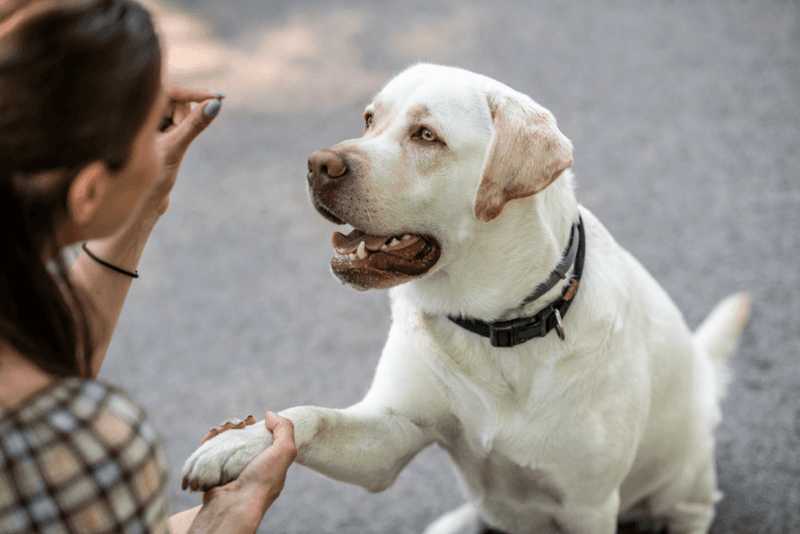
Fear triggers can be transformed through clever reframing! If your dog panics during thunderstorms, start playing their favorite game when it’s merely cloudy outside.
Gradually work toward associating scary situations with amazing treats and fun. This technique, called counter-conditioning, rewires their emotional response. The goal is simple – make good things happen during mild versions of what frightens them.
8. Allow For Decompression Time
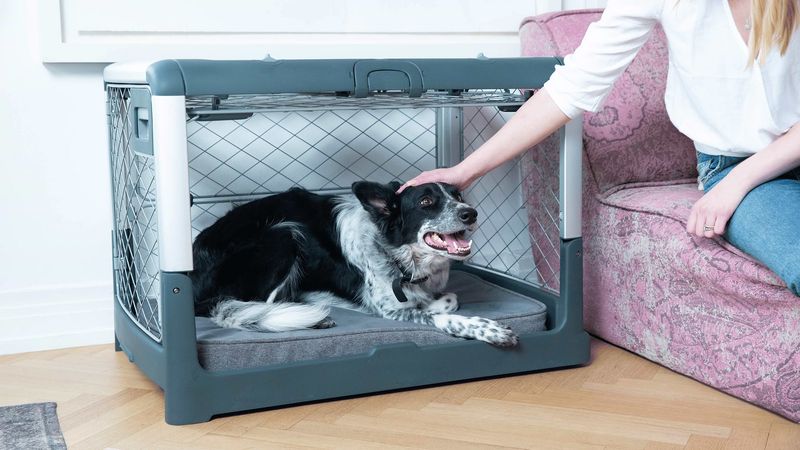
Imagine being thrown into a completely foreign world – overwhelming, right? New rescue dogs need weeks, sometimes months, to adjust to home life.
During this decompression period, limit visitors and new experiences. Take walks in quiet areas rather than busy dog parks. This breathing room lets them adjust at their own pace without social pressure, preventing setbacks caused by too much, too soon.
9. Recognize and Respect Triggers
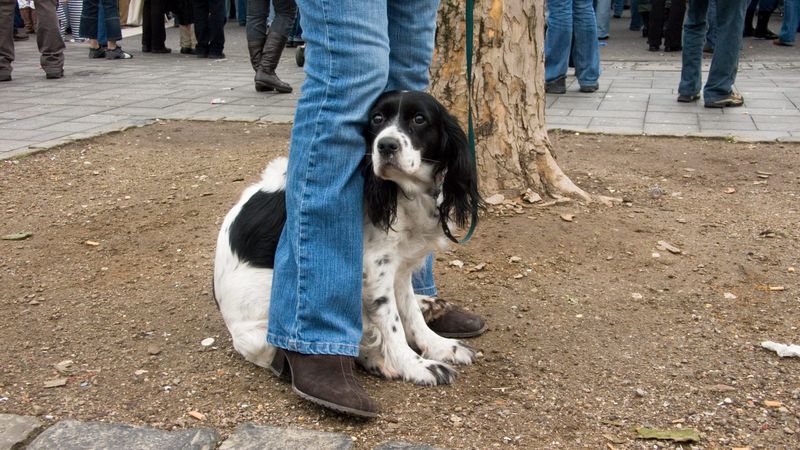
Your dog’s triggers might seem random – certain hats, bearded men, or specific sounds can spark fear based on past trauma. Keep a notebook handy to document reactions.
Once identified, you can thoughtfully manage these situations. Crossing the street to avoid a trigger isn’t giving in – it’s compassionate protection while your dog builds coping skills. Small accommodations create big safety feelings.
10. Provide A Structured Exercise Routine
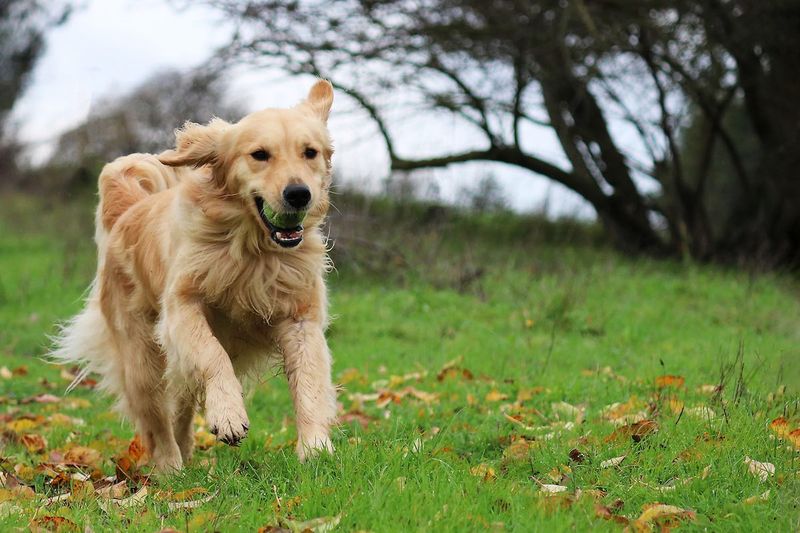
Physical activity works wonders for anxious minds! Regular exercise releases tension and boosts feel-good brain chemicals that counteract stress.
Find activities that match your dog’s personality – some love running while others prefer gentle walks with lots of sniffing time. The key is consistency, not intensity. Exercise builds both physical health and emotional resilience.
11. Consider Calming Aids Thoughtfully

Sometimes gentle helpers make a difference! Compression shirts apply soothing pressure similar to swaddling a baby. Calming pheromone diffusers mimic natural comfort signals dogs understand instinctively.
Soft classical music designed for canine ears can mask startling sounds. These tools aren’t magic cures but can reduce stress enough for your training efforts to succeed better.
12. Build Trust Through Hand-Feeding
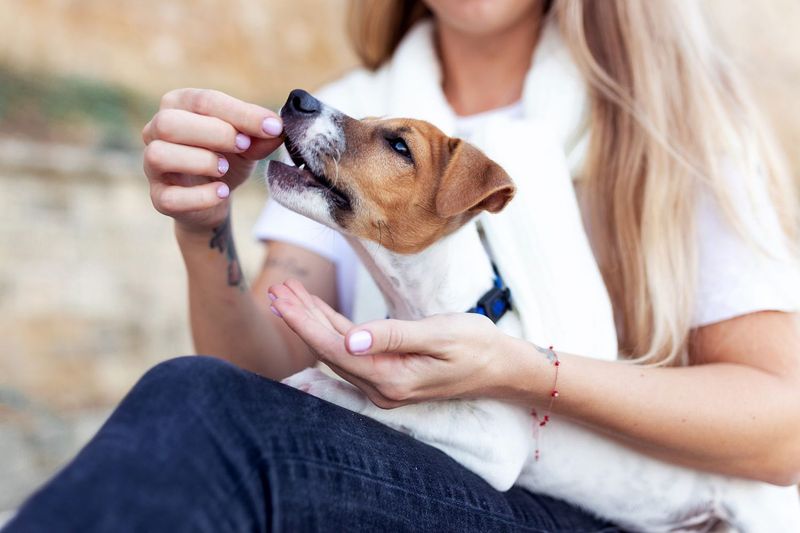
Food connects us in powerful ways! Offering meals from your hand creates positive associations with your presence. Start by sitting beside their bowl, then gradually transition to holding food.
This intimate ritual teaches your dog that good things come directly from you. For extremely fearful dogs, try placing food then stepping back, moving closer during each meal as trust grows.
13. Learn To Read Subtle Stress Signals
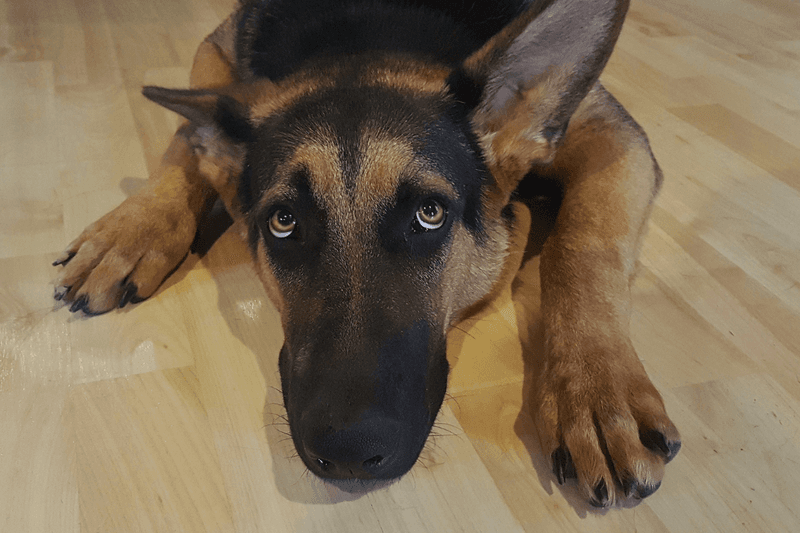
Dogs whisper before they shout! Catching early signs of discomfort prevents escalation to panic. Watch for lip licking, yawning when not tired, whites of eyes showing, or sudden scratching.
These subtle signals happen before growling or hiding. Responding promptly to these early warnings shows your dog you’re listening. Their trust deepens when you consistently respect their communication.
14. Seek Professional Support When Needed
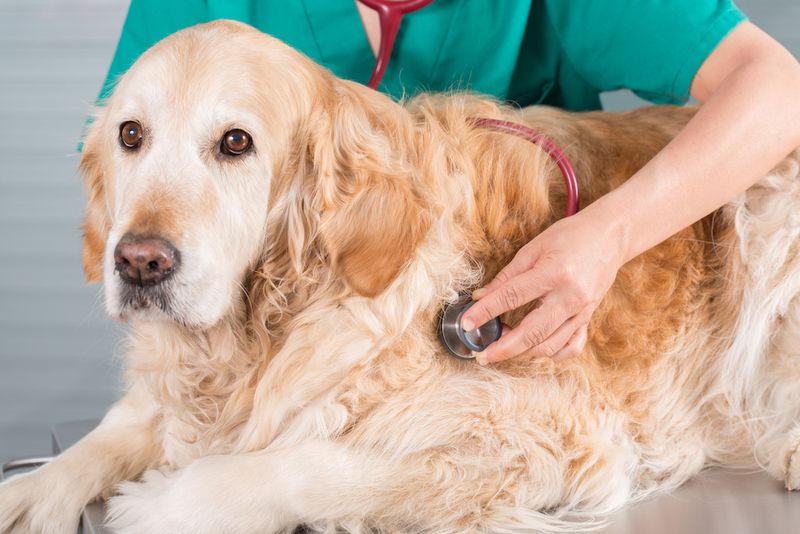
Some emotional wounds need expert guidance. Certified Force-Free trainers or veterinary behaviorists understand the science of trauma recovery without using fear tactics.
They’ll create custom healing plans for your dog’s specific needs. Don’t view asking for help as failure – it’s actually the most responsible choice for serious cases.
15. Celebrate Small Victories Enthusiastically
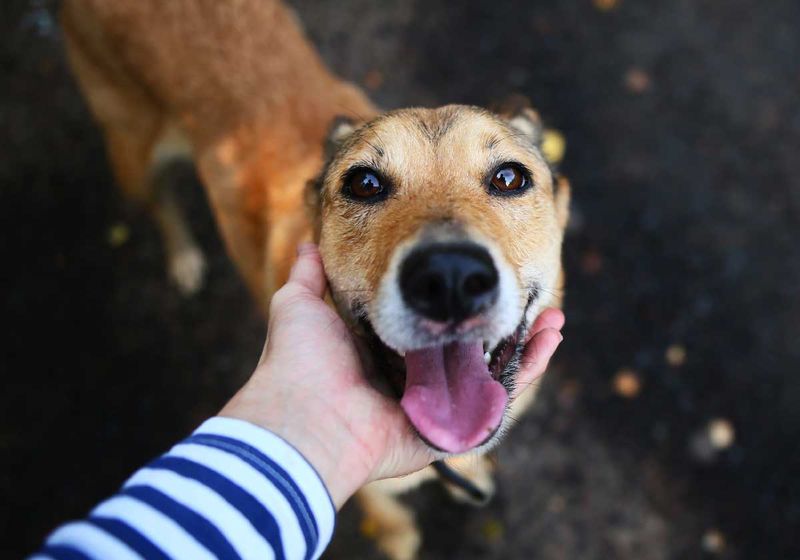
Healing happens in tiny steps that deserve recognition! The first tail wag, a brave approach to something new, or sleeping peacefully through the night are massive achievements for traumatized dogs.
Keep a recovery journal to notice progress you might otherwise miss. These documented victories provide encouragement during plateaus. Remember – your dog’s brave heart is working hard, even when healing isn’t happening as quickly as you’d hoped.

